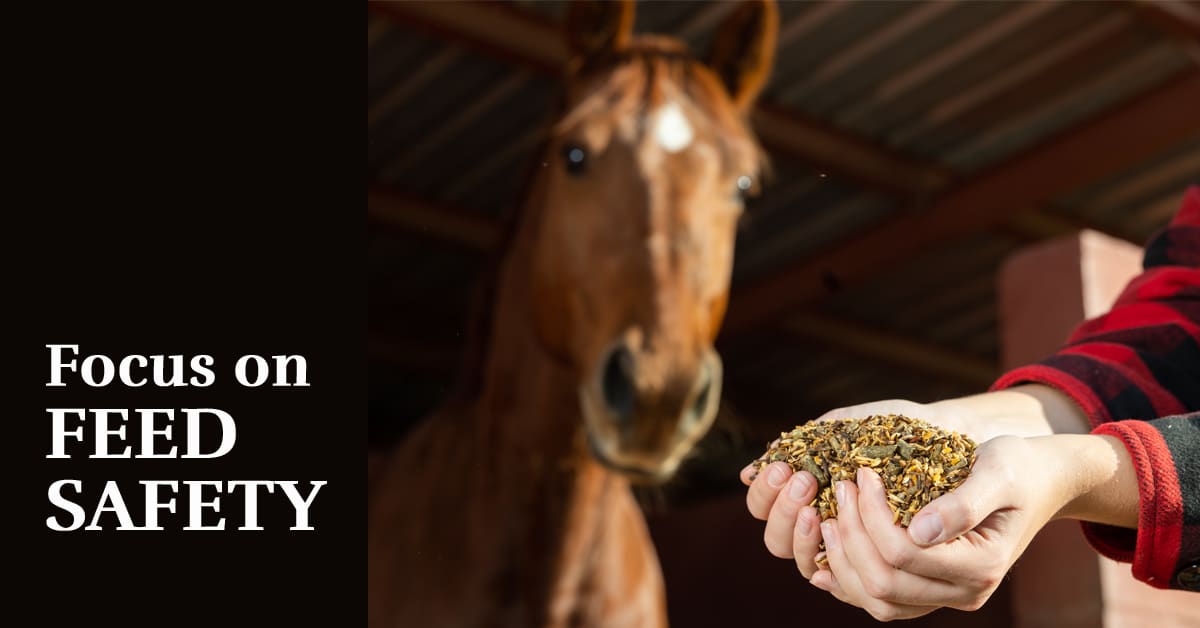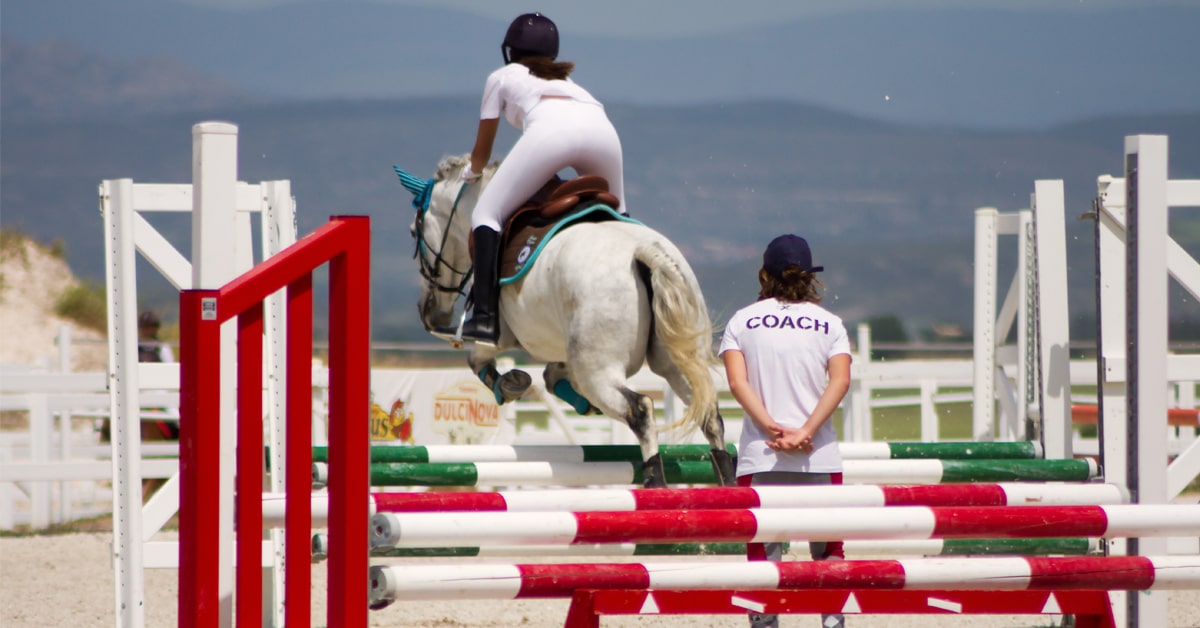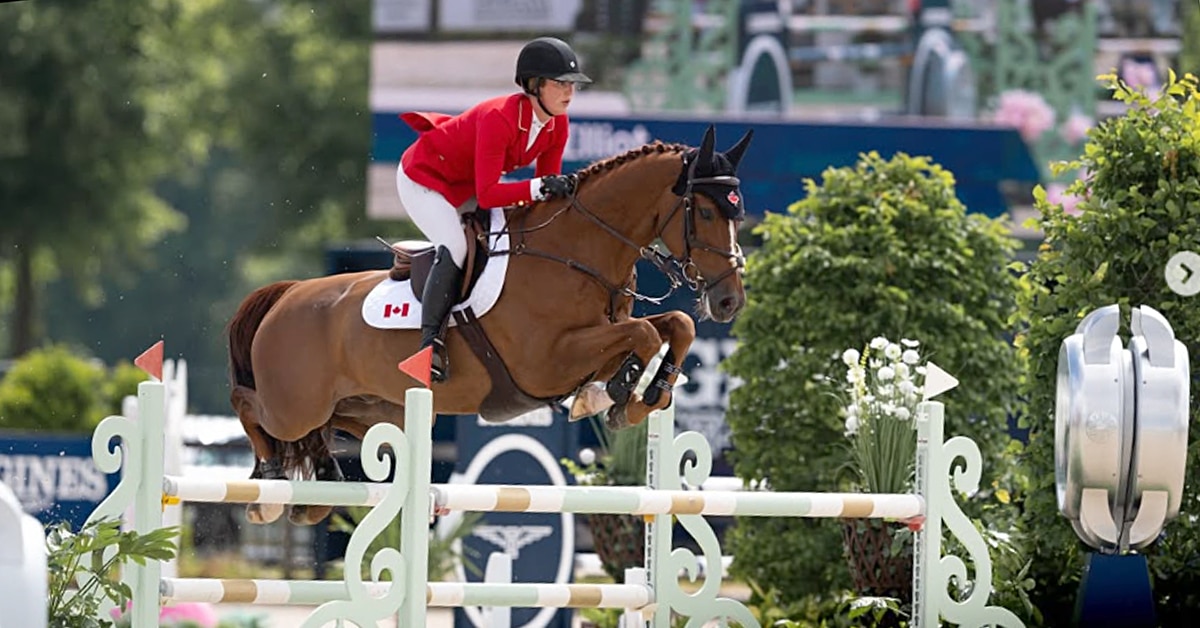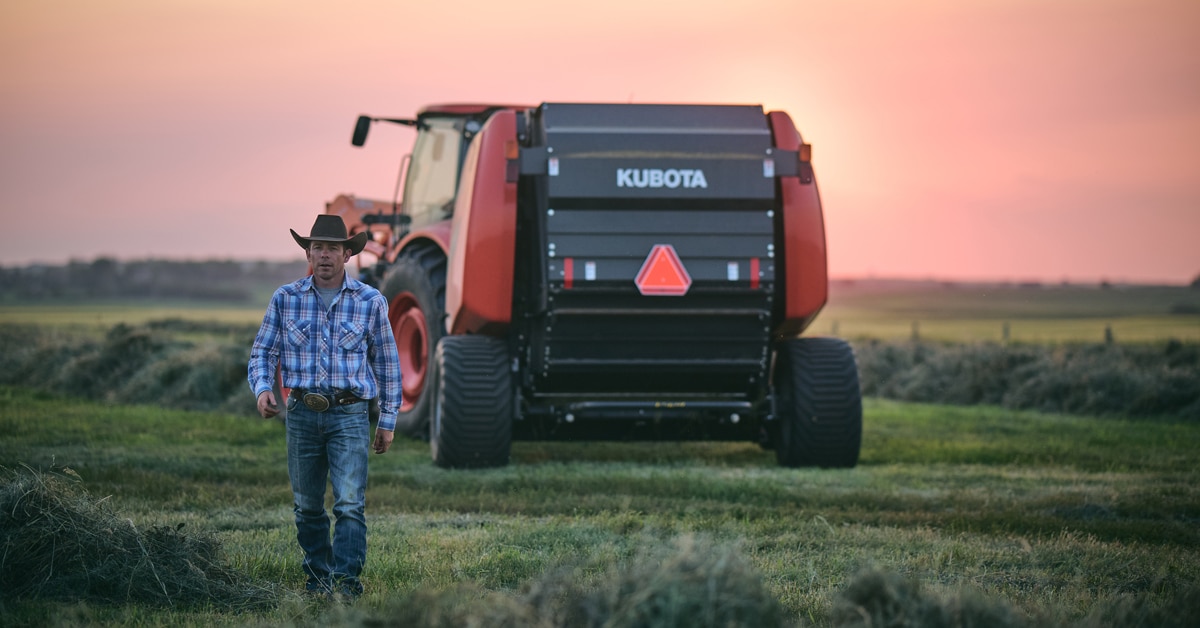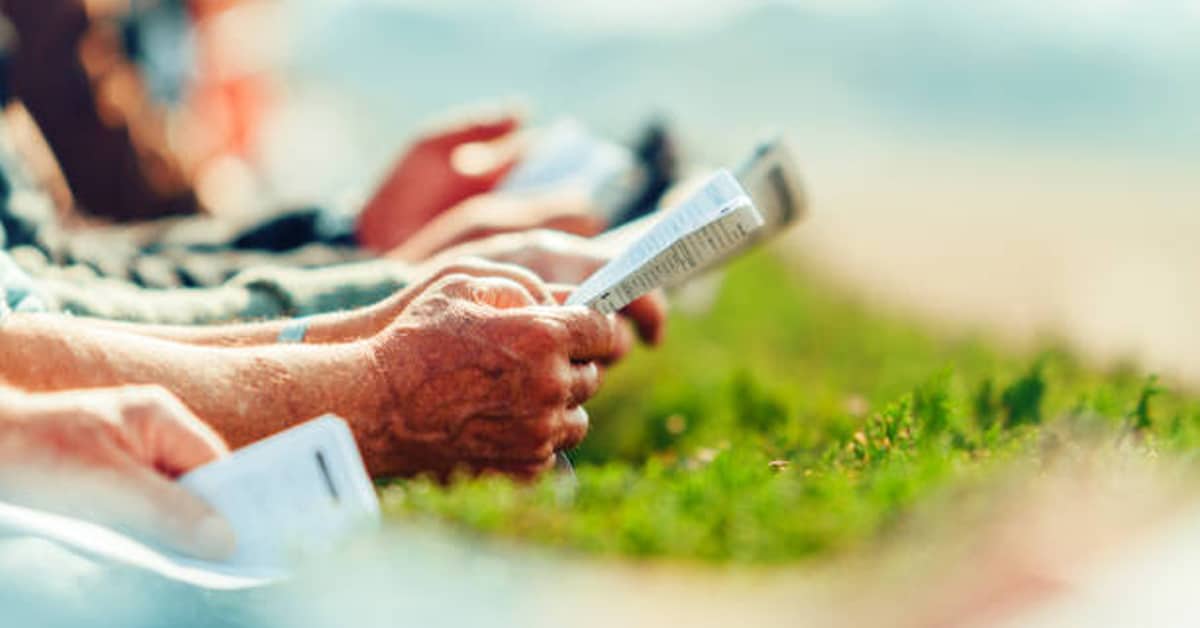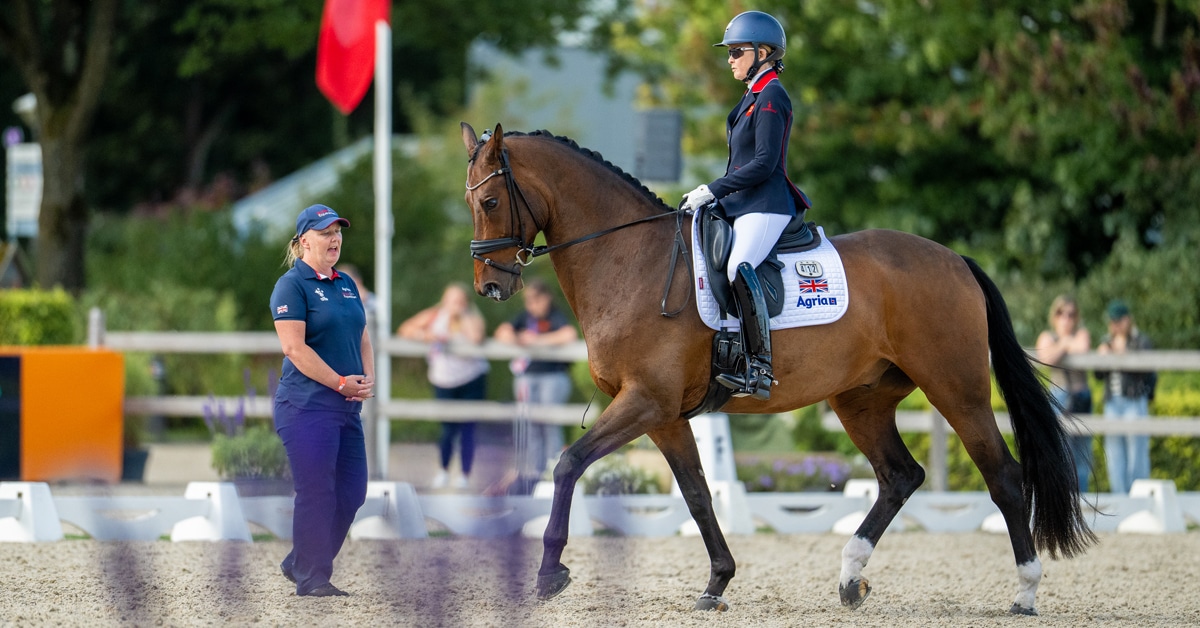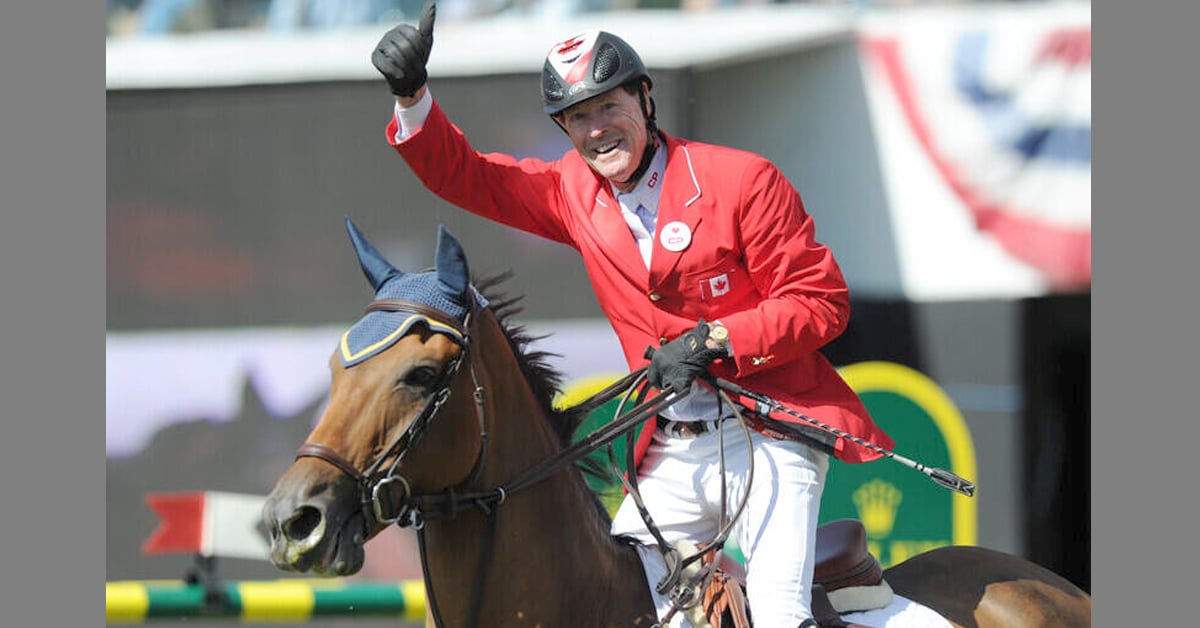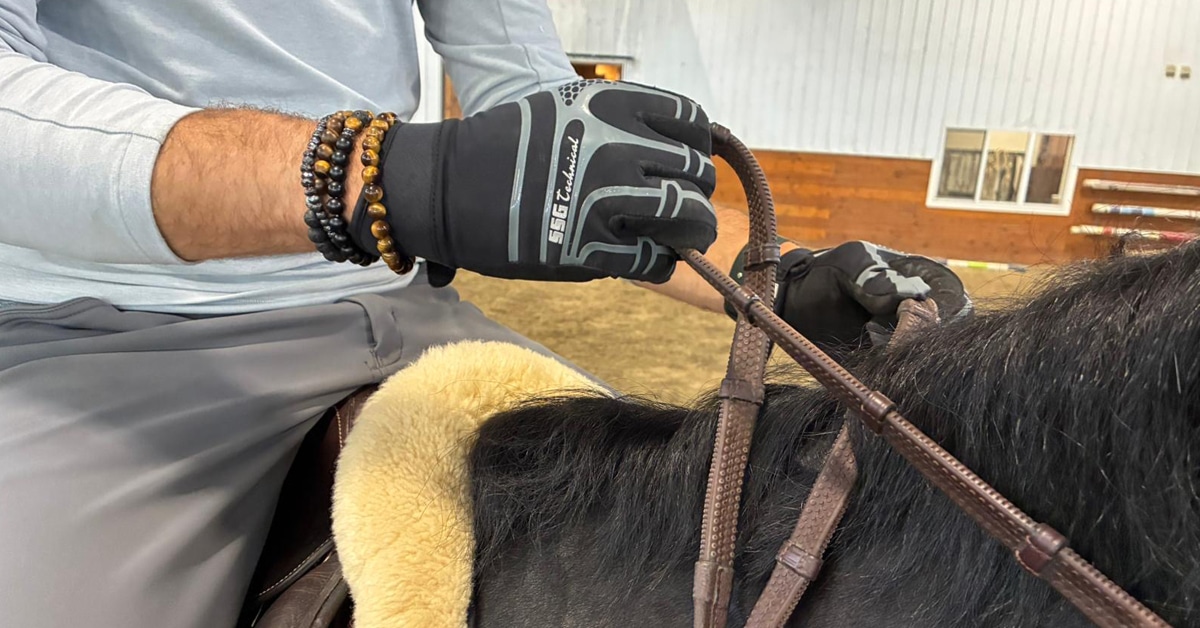As a teacher it is really the last thing you teach, because you can’t educate a rider’s hand until the base is correct. Until all aspects of the rider – the body, the seat, and the legs – are in the correct position, and until they are riding horses that are well-schooled enough to understand and react to the correct aids, you really can’t begin to teach the subtleties of an educated hand. An educated hand is sophisticated and belongs to a rider who knows how to properly give rein aids and how to deal appropriately when the horse is resisting for any number of reasons.
You start teaching educated hands at the beginner level by instilling good basics. Teach riders from the start to keep the elbow bent and the hands the same width apart as the horse’s mouth. At the lower levels especially, it is essential to teach the “feel” of following the head and neck with elastic arms, which incorporates an element of bend in the elbow. Riders then gradually learn to go from leg to hand, because it isn’t an educated hand as much as it is an educated leg. (Remember that the horse should always be in front of the leg.)
Other than the functional positioning of the hand itself, getting good hands comes from experience. I believe there are very few young people who put in the time to get this experience. You start by making sure the riders keep their hands out in front and then you teach them to move the horse from the leg up into the hand. Hopefully, you can mount riders on horses that are schooled to the aids and gradually they become a well-educated rider, but the hands are the last piece that falls into place.
We are seeing more and more riders not taking the responsibility of using any hand, because often trainers are preparing the horses so well (something I am guilty of as well, because at times it is the safest and most practical solution). Unfortunately, I also often see emotion come into play and you get an abusive hand, where people are frustrated and then become abusive with their reins.
You have to have all the other elements of a correct foundation before you work on good hands. Achieve balance, develop a strong foundation in the leg, stay centred, and then work on educating the hand. It should be a lifelong goal that you are always working towards.
George Morris, who coined the phrase “educated hand,” offers these insights at his clinics:
– Begin with proper hand position: the wrists should be vertical (like bookends) with the hands closed into fists. The rein is held between the thumb and forefinger; the ring finger “feels” the horse’s mouth, gently squeezing and releasing the rein to flex your horse’s jaw. As you move your hands forward, your horse should also stretch to re-establish this pleasant contact.
– Riders chronically carry their hands too low; raise them to keep a straight line from elbow to hand to bit.
– Avoid “sawing” on the bit, alternately pulling on one rein and then the other, which will ultimately sour the horse.
– If you hold your reins with your wrists cocked or flattened, you may end up pulling and see-sawing on your horse’s mouth with “dead” hands. Your horse may respond by ducking behind the bit or leaning on your hands to avoid the unpleasantness.
– A favourite exercise is to send riders through a one-stride combination (vertical to a small oxer) where the short time frame from one jump to the next forces the rider to keep their hands and elbows moving to follow the horse’s motion.
The Latest
